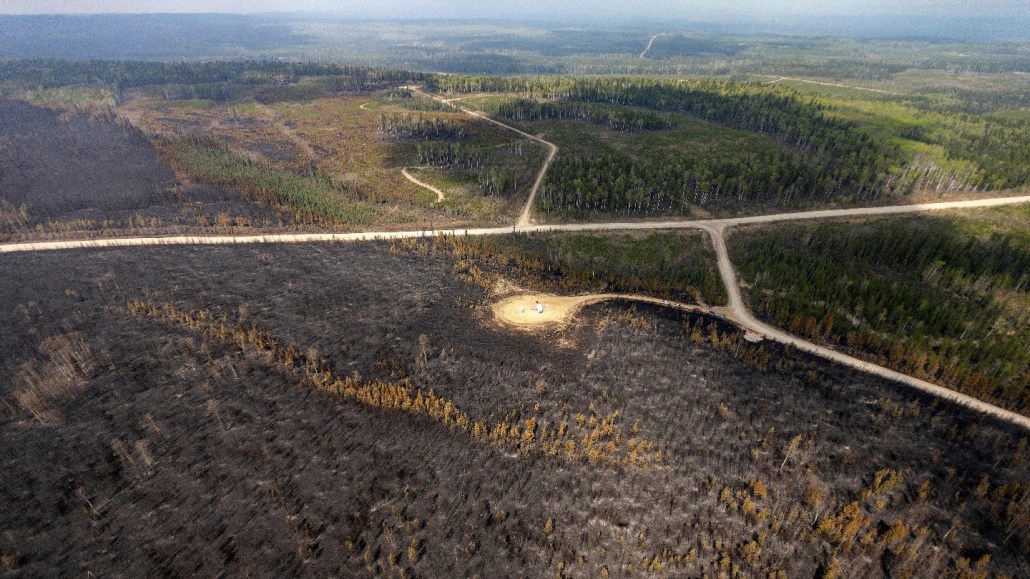
Along a southern stretch of the North American boreal forest, wildfires in May left behind a burnt landscape (pictured) in Alberta, Canada.
Megan Albu/AFP/Getty Images

Along a southern stretch of the North American boreal forest, wildfires in May left behind a burnt landscape (pictured) in Alberta, Canada.
Megan Albu/AFP/Getty Images